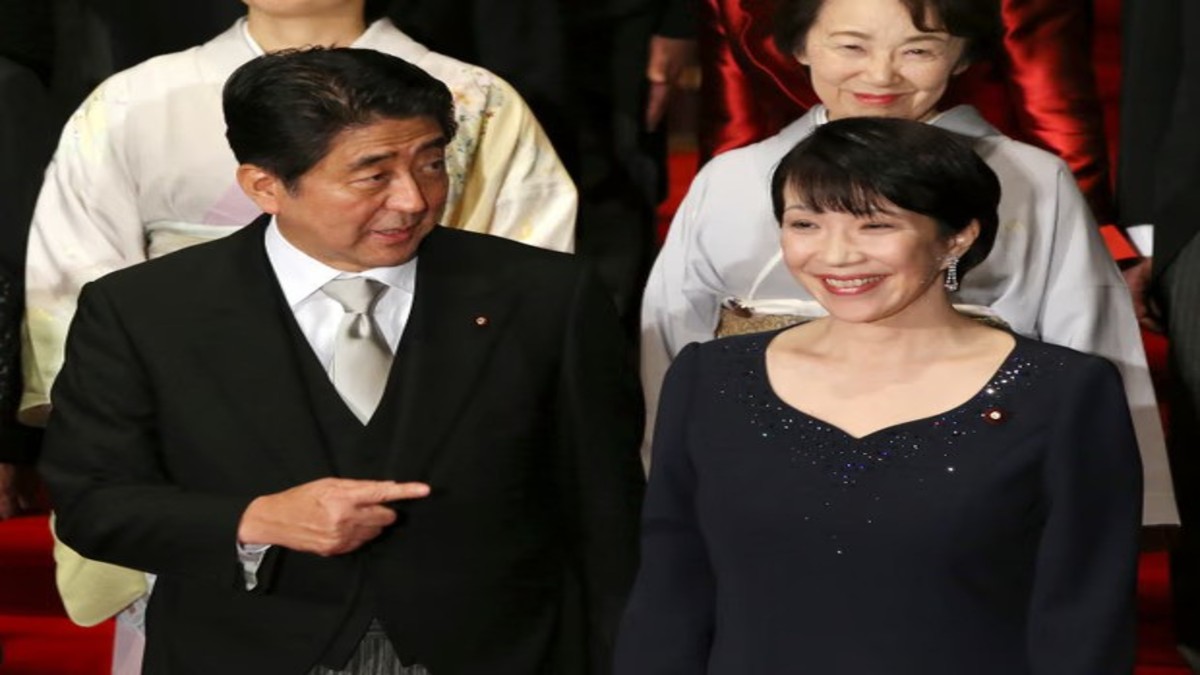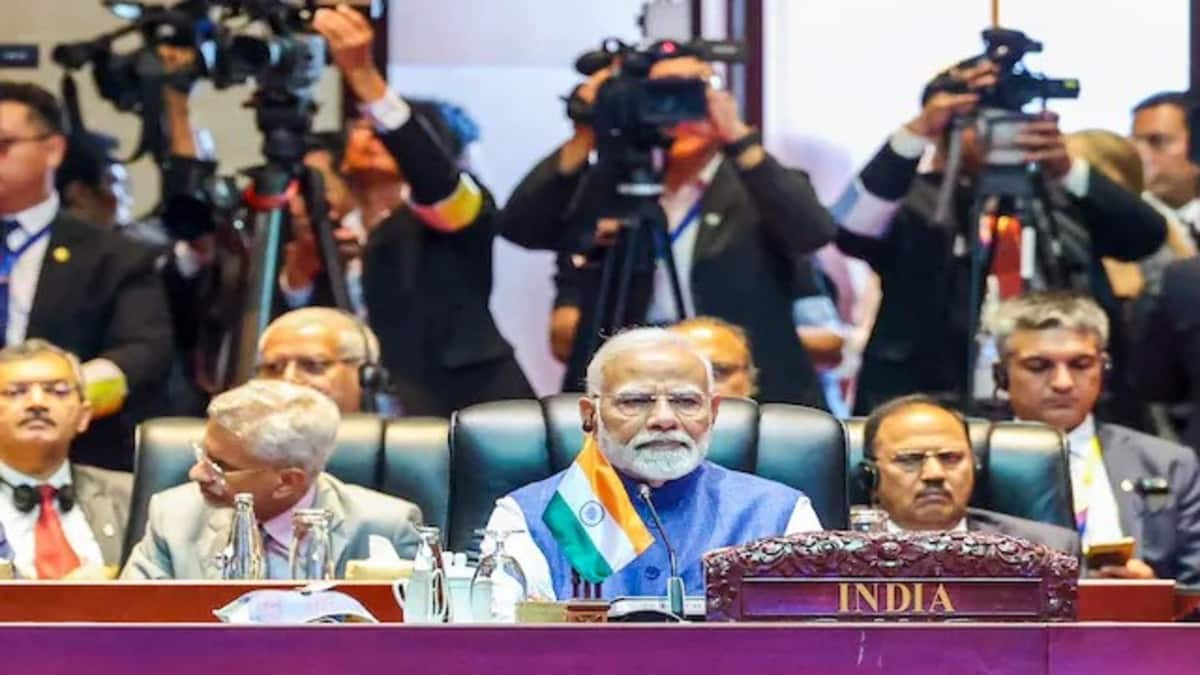On Saturday, October 4, former Economic Security Minister Sanae Takaichi, aged 64, a hard-line ultra-conservative and outspoken China hawk, was elected the first female president of Japan’s Liberal Democratic Party (LDP). She defeated Shinjiro Koizumi, 44, the youngest candidate in the race and son of popular former Prime Minister Junichiro Koizumi, in a runoff vote after none of the five candidates secured a majority in the first round.
In the runoff, Takaichi secured 185 votes against Koizumi’s 156 — winning 149 lawmaker votes and 36 LDP chapter votes, surpassing Koizumi’s 145 votes from lawmakers and 11 from prefectural chapters.
It was her third bid for the party leadership.
Defining Takaichi: History Created
In a country with a poor record on gender equity, 64-year-old Takaichi made history by becoming the first female leader of Japan’s long-governing conservative LDP. Takaichi is one of the most conservative members of the male-dominated party.
A protégé of former Prime Minister Shinzo Abe, Takaichi aligns with his ultra-conservative vision. She is a regular visitor to the Yasukuni Shrine, a controversial symbol of Japan’s wartime past, which could strain Tokyo’s ties with regional neighbors, particularly China and South Korea. Takaichi is also an admirer of former British Prime Minister Margaret Thatcher.
Moderate Conservative
Despite her hawkish reputation, Takaichi — like the other candidates — referred to herself as a “moderate conservative” during the campaign to signal a willingness to work with the opposition. She notably avoided emphasising her opposition to liberal social issues or her anti-China stance.
Impact Shorts
More ShortsThe DNA
Takaichi is a staunch advocate of:
Borrowing more and spending more to stimulate economic growth.
Cutting the gasoline tax and expanding tax subsidies to local governments to combat surging consumer prices.
Offering a combination of cash payouts and tax exemptions.
Building a stronger military and establishing robust cybersecurity capabilities.
Implementing tougher regulations to limit the increase in foreign tourism.
Promoting anti-immigrant measures to curb foreign labor and immigration.
Tightening the screening of foreign investment to protect economic security.
Enforcing stricter rules on visa overstays and land acquisitions by non-resident foreigners.
Five-Way Race
Breaking the male-dominated ceiling wasn’t easy for Takaichi. She faced competition from four strong male contenders — two serving and two former ministers — all vying for the LDP presidency. Questions of legitimacy linger, as Saturday’s vote involved only 295 LDP parliamentarians and around 1 million dues-paying members, which is just 1 per cent of the Japanese public.
The LDP’s selection of Takaichi over the more centrist Koizumi likely signals an attempt to regain conservative voters, some of whom had drifted to far-right groups such as Sanseito in the July parliamentary elections.
Unlike last year’s leadership race, this time policy differences among candidates were muted, with all avoiding divisive issues to retain the support of party lawmakers — crucial in a potential runoff.
Why the Election?
The LDP leadership election on Saturday, October 4, was necessitated by the resignation of incumbent LDP President and Prime Minister Shigeru Ishiba on September 7, 2025. His departure followed party infighting, calls for a snap election, and the LDP’s poor performance in the 2024 general election and 2025 House of Councillors election.
The leadership contest unfolded amid political uncertainty, with the LDP and its junior partner, the Komeito party, losing their majority in both houses of parliament — a first since the LDP’s founding in 1955.
“Work and Work, Work and Work”
Following her victory, Takaichi said, “I’m feeling how tough it’s going to be from here on, rather than feeling happy. We won’t be able to rebuild the party if I don’t get everyone’s help, from all generations. I will scrap my work-life balance and work and work and work and work and work.”
Turning Anxieties into Hope
In her first address after the win, Takaichi pledged that the LDP — which has ruled for most of the last 70 years — will transform people’s “anxieties into hope.” But first, she must get elected as Japan’s 66th prime minister.
Crossing the Rubicon
Takaichi’s immediate challenge lies ahead — getting elected prime minister on October 15, during the extraordinary session of the Diet (Japan’s Parliament). She would be Japan’s first female PM, succeeding 65 male predecessors.
Historically, the LDP president’s election as prime minister has been a formality, but not this time. Due to the LDP-Komeito coalition’s minority status in both chambers — a first since 1955 — she must secure support from opposition parties that the LDP has long marginalised.
To that end, Takaichi indicated willingness to expand the coalition and offer Cabinet portfolios to any centrist opposition parties willing to join.
Her best chance rests on the disunity among opposition parties, which are unlikely to rally behind a single prime ministerial candidate. However, if they do unite, it could usher in a new era of Japanese politics.
Regaining Trust
Takaichi’s top priority will be healing a divided party. Her choices for the LDP executive lineup will be closely watched — particularly whether she includes rivals and their backers.
As Koizumi aptly noted during his campaign: “The LDP must regain trust, and an overhaul is needed to start afresh,” warning that the party faces an existential crisis.
Domestic Challenges
Takaichi’s most urgent task as likely prime minister will be tackling inflation, especially as rising prices, including for staple foods like rice, contributed to the LDP’s electoral defeats and Ishiba’s resignation.
She will also confront multiple domestic hurdles: Stagnant wages, Backlash against immigration, damaged party image following scandals and the rise of far-right political groups
Diplomatic Test
Soon after assuming office, Takaichi will be tested on the foreign policy front, with Tokyo and Washington coordinating a potential bilateral meeting with US President Donald Trump, known for his transactional approach.
Trump is expected to demand increased Japanese defense spending and greater concessions on trade. He may raise Japan’s current $8.6 billion contribution (2022–2027) to host 54,000 US troops.
Given China’s growing regional aggression and North Korea’s provocations, Tokyo has little negotiating room. Takaichi’s nationalist views, her Yasukuni Shrine visits, and revisionist historical stances may complicate relations with China and South Korea, potentially undermining recent diplomatic thaw efforts.
Will She Deliver?
Assuming Takaichi becomes prime minister, the real challenge will be governing the nation. She must manage: a fast-aging population (30 per cent over age 65), soaring social welfare costs (33.2 per cent of the national budget), unstable geopolitics, an economy under strain and rising public dissatisfaction over immigration and living standards. She will have to face voters by October 2028.
With over 30 years in parliament, Takaichi brings deep experience. She has held key roles in the LDP — from policy chief to general affairs council chair, and from internal affairs minister (Japan’s longest-serving) to economic security minister from 2022 to 2024.
But experience alone won’t guarantee success. Her ability to build alliances, restore party unity, and deliver on domestic and foreign policy will determine whether she can lead Japan effectively—or if the country slips back into the pre-Abe era of short-lived, unstable governments.
The author is a multi-disciplinary thought leader with Action Bias and an India based impact consultant. He is a keen watcher of changing national and international scenarios. He works as President Advisory Services of Consulting Company BARSYL. Views expressed in the above piece are personal and solely those of the author. They do not necessarily reflect Firstpost’s views.


)

)
)
)
)
)
)
)
)



